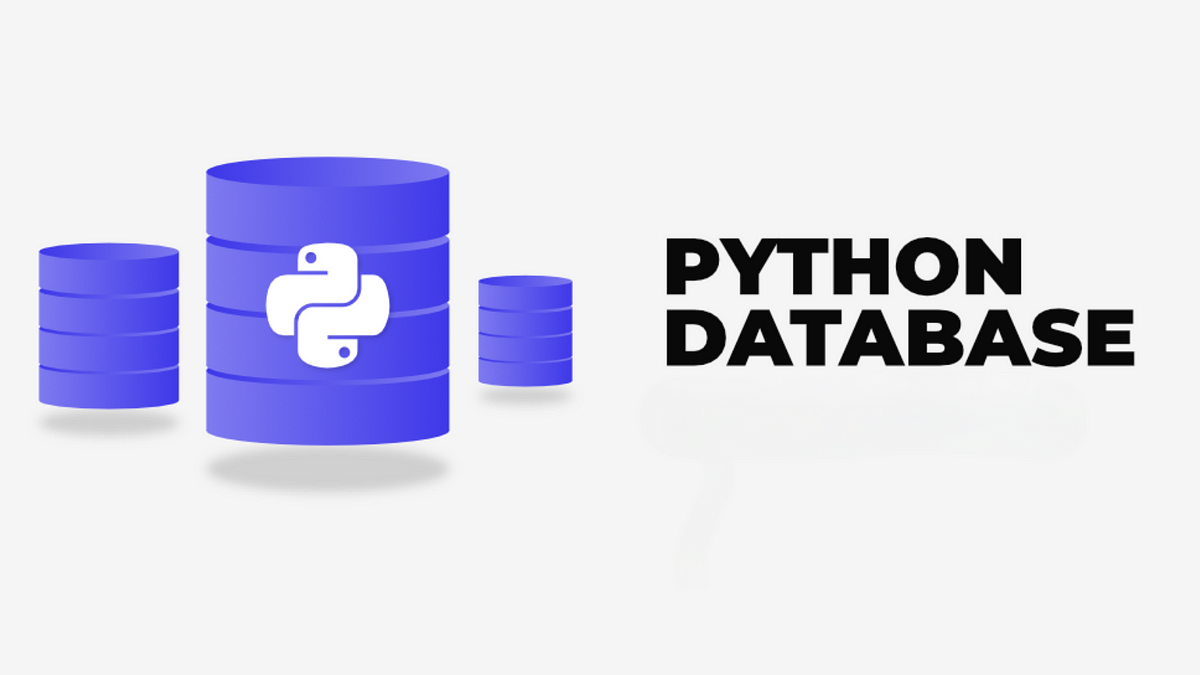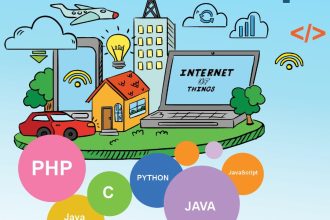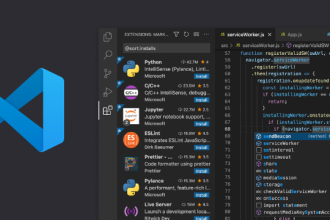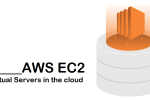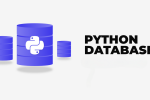In today’s data-driven world, Python has become a top choice for database programming. Its simplicity, vast ecosystem, and rich set of libraries make it an ideal language for interacting with a wide range of databases—from lightweight local storage to enterprise-scale data platforms.
In this complete guide, we’ll walk you through the fundamentals of database programming in Python, including the tools, libraries, and real-world examples you need to get started.
Why Use Python for Database Development?
- Easy to learn and write
- Cross-platform and versatile
- Extensive support for relational and NoSQL databases
- Strong community and open-source tools
- Excellent integration with data analysis and web frameworks
Popular Databases You Can Use with Python
| Database | Type | Ideal Use Case |
|---|---|---|
| SQLite | Relational | Local apps, prototyping, mobile apps |
| MySQL | Relational | Web apps, CMS, enterprise apps |
| PostgreSQL | Relational | Scalable and complex applications |
| MongoDB | NoSQL | Real-time apps, JSON document stores |
| Redis | In-Memory | Caching, pub/sub messaging |
Setting Up: Connecting to a Database in Python
1. SQLite – Built-in & Beginner Friendly
import sqlite3
# Connect to database (or create it)
conn = sqlite3.connect("example.db")
cursor = conn.cursor()
# Create a table
cursor.execute('''CREATE TABLE users (id INTEGER PRIMARY KEY, name TEXT, age INTEGER)''')
# Insert a record
cursor.execute("INSERT INTO users (name, age) VALUES (?, ?)", ("Alice", 30))
# Commit and close
conn.commit()
conn.close()
No installation required — sqlite3 comes with Python!
2. MySQL with mysql-connector-python
pip install mysql-connector-python
pip install psycopg2-binary
import mysql.connector
conn = mysql.connector.connect(
host="localhost",
user="yourusername",
password="yourpassword",
database="yourdb"
)
cursor = conn.cursor()
cursor.execute("SELECT * FROM customers")
for row in cursor.fetchall():
print(row)
conn.close()
3. PostgreSQL with psycopg2
pip install psycopg2-binary
import psycopg2
conn = psycopg2.connect(
dbname="yourdb", user="youruser", password="yourpass", host="localhost"
)
cursor = conn.cursor()
cursor.execute("SELECT * FROM employees")
results = cursor.fetchall()
for r in results:
print(r)
conn.close()
CRUD Operations in Python (Using SQLite)
- Create:
INSERT INTO - Read:
SELECT - Update:
UPDATE SET WHERE - Delete:
DELETE FROM WHERE
Example:
# Update
cursor.execute("UPDATE users SET age = ? WHERE name = ?", (35, "Alice"))
# Delete
cursor.execute("DELETE FROM users WHERE name = ?", ("Alice",))
Best Python Libraries for Database Developers
- SQLAlchemy – Powerful ORM for SQL databases
- Pandas – Great for querying and analyzing data
- Django ORM – Built-in ORM for Django web apps
- PyMongo – MongoDB driver for Python
- Tortoise ORM – Async ORM for modern applications
Bonus: Using ORM with SQLAlchemy
pip install sqlalchemy
from sqlalchemy import create_engine, Column, Integer, String
from sqlalchemy.orm import declarative_base, sessionmaker
Base = declarative_base()
class User(Base):
__tablename__ = 'users'
id = Column(Integer, primary_key=True)
name = Column(String)
age = Column(Integer)
engine = create_engine("sqlite:///users.db")
Base.metadata.create_all(engine)
Session = sessionmaker(bind=engine)
session = Session()
new_user = User(name="Bob", age=28)
session.add(new_user)
session.commit()
As a database developer, mastering Python opens up endless possibilities for creating data-powered applications. With its wide support for both SQL and NoSQL databases, built-in tools, and strong community, Python remains a top-tier language for database interaction in 2025.
Start simple with SQLite, expand into MySQL or PostgreSQL, and explore ORMs like SQLAlchemy as your projects grow!

